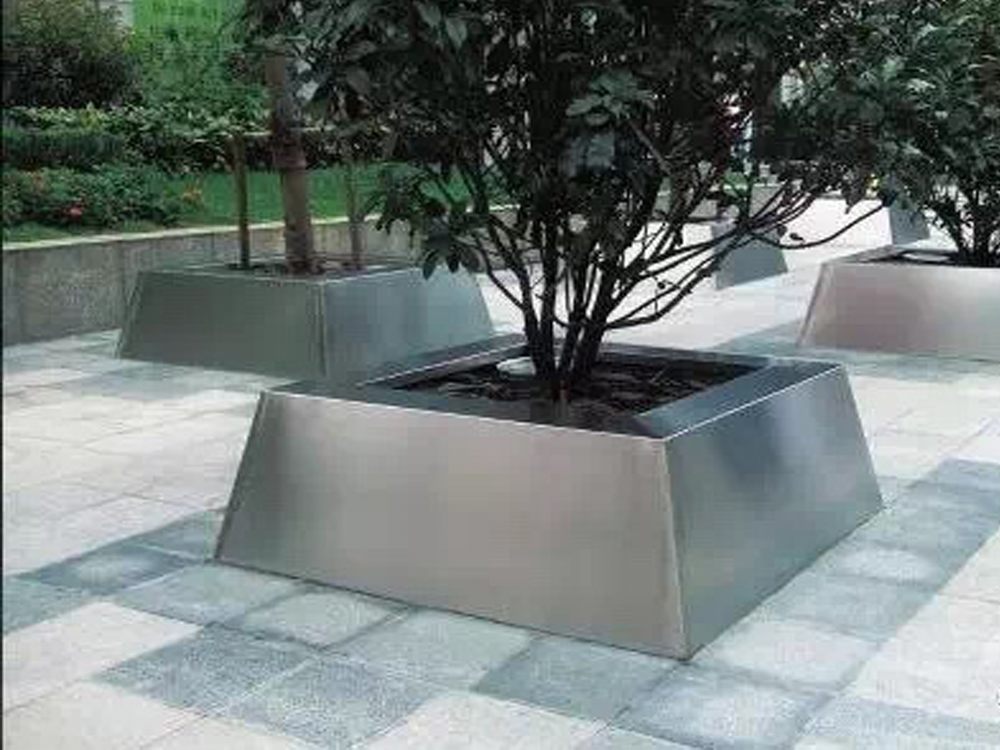
Porcelain sculptures, with their delicate beauty and enduring nature, have long served as a unique medium for exploring historical reenactment and revisionism. These artworks often encapsulate the values, aesthetics, and ideologies of their time, offering a tangible connection to the past. However, they also provide a canvas for reinterpretation, allowing artists and historians to challenge or reshape historical narratives.
Through porcelain sculptures, artists can reenact historical events with a creative twist, infusing them with contemporary perspectives or alternative viewpoints. For example, a sculpture depicting a famous battle might emphasize overlooked figures or marginalized voices, subtly revising the traditional narrative. The material’s fragility and permanence mirror the complexities of history itself—both enduring and susceptible to reinterpretation.
Moreover, porcelain’s cultural significance across civilizations adds layers of meaning. In Chinese art, porcelain has symbolized imperial power and cultural identity, while in Europe, it became a medium for colonial narratives. By reimagining these traditions, modern sculptors can critique or deconstruct historical biases, fostering dialogue about how history is remembered and represented.
In essence, porcelain sculptures bridge the gap between art and history, inviting viewers to engage with the past in a dynamic, reflective way. They remind us that history is not static but a living, evolving story shaped by the hands that craft it.

